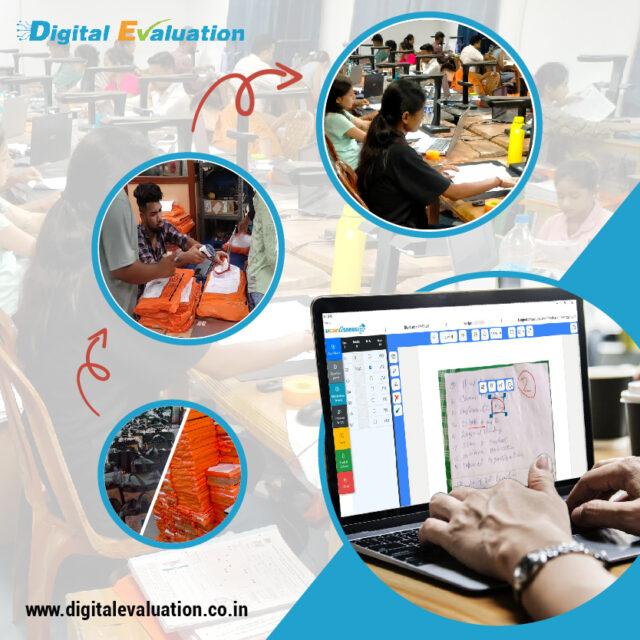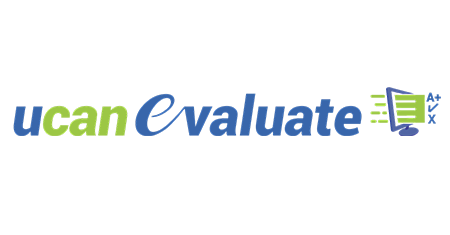The transition from traditional paper-based assessments to digital evaluation systems is transforming the way educational institutions administer and handle exams. Learning Spiral’s Digital Evaluation provides a reliable and effective solution for answer booklet scanning and evaluating them on-screen. Here’s a step-by-step explanation of how this transforming process operates.
- Collection of Answer Booklets
After exams are completed, physical answer booklets are gathered from various test centers. Each booklet is meticulously cataloged to guarantee that no booklet is missing during the conversion to digital format.
- Preparation for Scanning
Before scanning, each response booklet is allocated a unique barcode. This barcode is essential for tracking and connecting the physical booklet with its digital counterpart. The barcoding technology helps to ensure the integrity and traceability of each student’s contribution throughout the review process.

- High-Resolution Scanning
The answer booklets are then scanned with high-resolution scanners supplied by Digital Evaluation by Learning Spiral. These scanners provide clean and detailed photos of each page, ensuring that all handwritten responses are legible and digitized correctly. The high-resolution photographs maintain the clarity of the original papers, which is critical for proper assessment.
- Digital Indexing and Storage
After scanning, the digital images are indexed with unique barcodes. This indexing approach facilitates retrieval and structuring of the answer booklets. The digital files are securely stored in a central database that only authorized workers can access.
- On-Screen Evaluation
The digital answer booklets are then made available via the on-screen evaluation platform. Evaluators can log into the system and view the response scripts allocated to them. The Learning Spiral platform provides a variety of evaluation tools, including annotation features, marking systems, and automatic totaling capabilities.
- Quality Assurance and Moderation
A quality assurance mechanism is in place to ensure that evaluations are accurate and consistent. Moderators can examine the evaluations, provide feedback, and make any necessary changes. This phase is critical to ensuring high levels of fairness and accuracy.
- Result Compilation and Reporting
After the evaluations are finished and verified, the results are gathered and processed. Digital Evaluation via Learning Spiral’s technology creates thorough reports that are easy to share with students and stakeholders. These reports provide insights on student performance and can be utilized to guide future instructional initiatives.
Finally, Learning Spiral’s Digital Evaluation streamlines the process of scanning answer booklets and evaluating them on-screen, making it more efficient, secure, and dependable. By employing innovative technology and rigorous workflows, they ensure that the shift from traditional to digital evaluation is smooth and advantageous to all parties.

